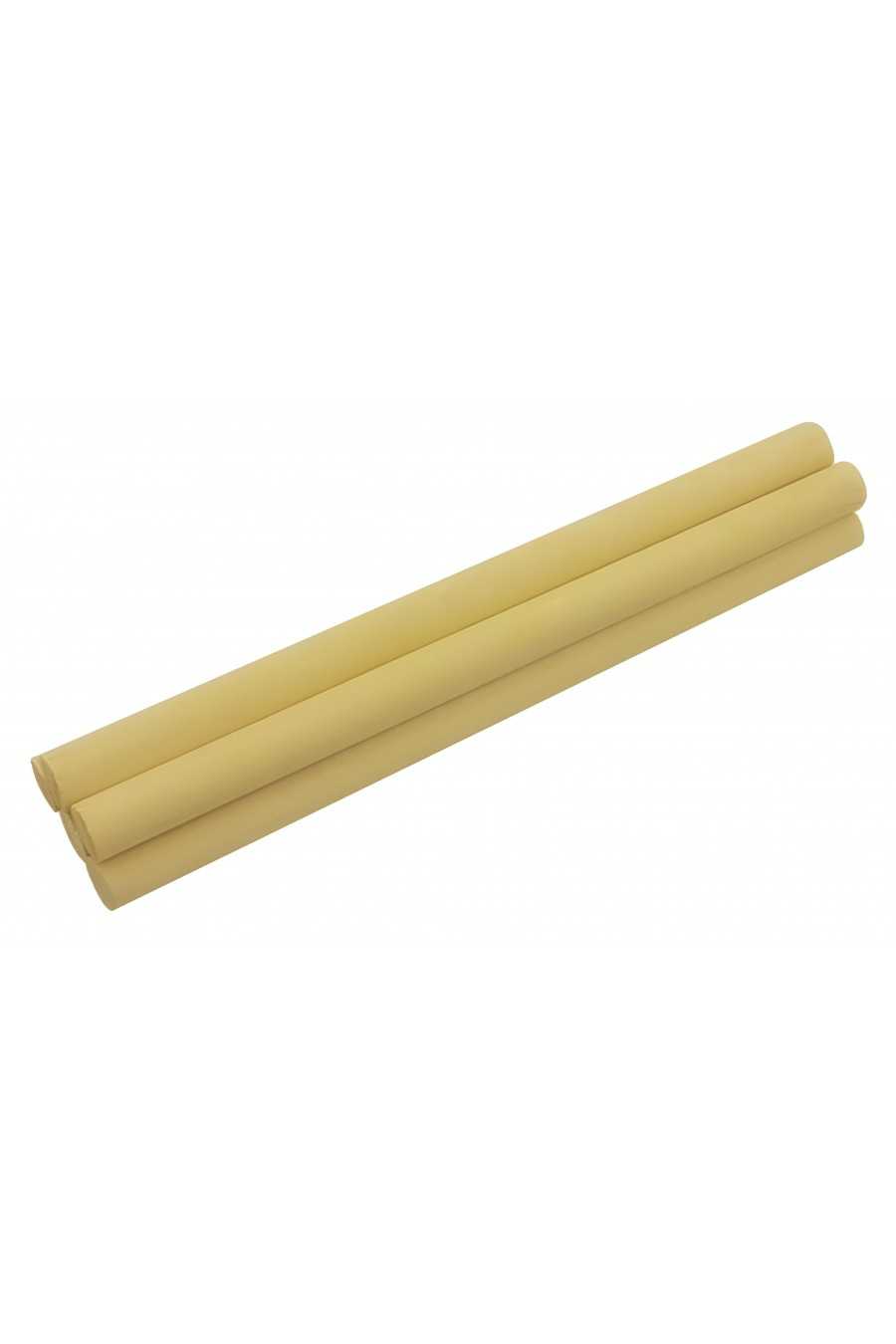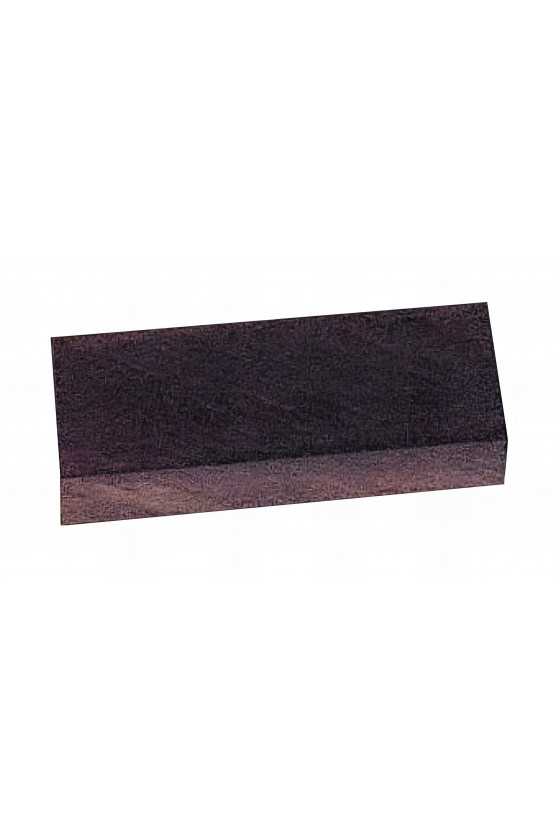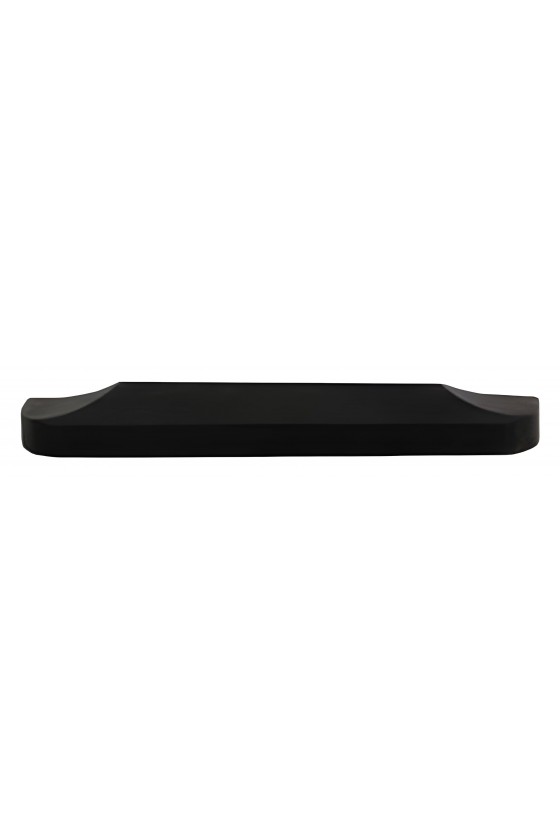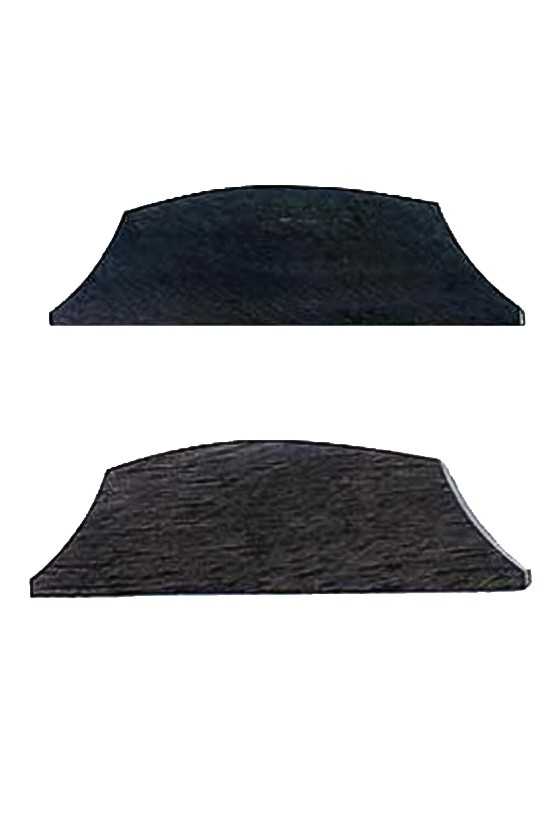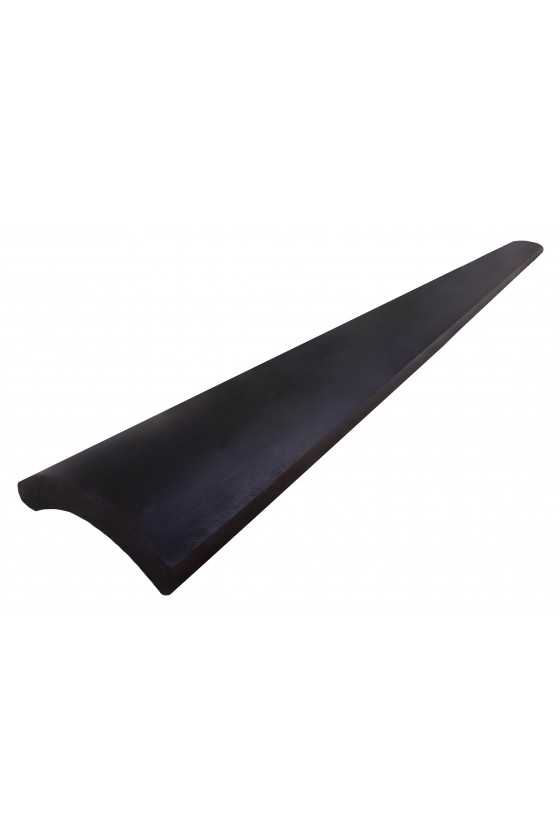Cello Sound Post- Raw Material (unfitted)
Cello Soundpost. Spruce stick, split and turned. Germany. #2 grade:
- 4/4size Ø: 11.0mm L:400mm. 1 stick cello = 2 sound posts.
- 3/4size Ø: 10.50mm L:400mm. 1 stick cello = 2 sound posts.
- 1/2 size Ø: 9.5mm L:400mm. 1 stick cello = 2 sound posts.
The soundpost of a stringed instrument is made from spruce, a slow-growing conifer with dense grain and excellent sound-carrying capacity. Luthiers chose spruce-tone wood for the top, block, bass bar, and soundpost, while maple was used for the back, sides, neck, and bridge. Spruce is a popular soundboard choice due to its strength, weight, and tonal improvement. The soundpost is made by cutting spruce timber into dowels with specific diameters for each instrument.
The soundpost in a string instrument has two functions - sound and structure. It carries sound from the soundboard to the back, amplifying the sound of the strings. Positioning it correctly affects the sound quality. It also provides support to the top plate, along with the bass bar.
The strings apply pressure on the bridge, which has an arched top for strength and resonance. The soundpost prevents cracking in the spruce top caused by the treble foot of the bridge under the higher-sounding strings. A professional carving and correct placement of the soundpost are crucial.

